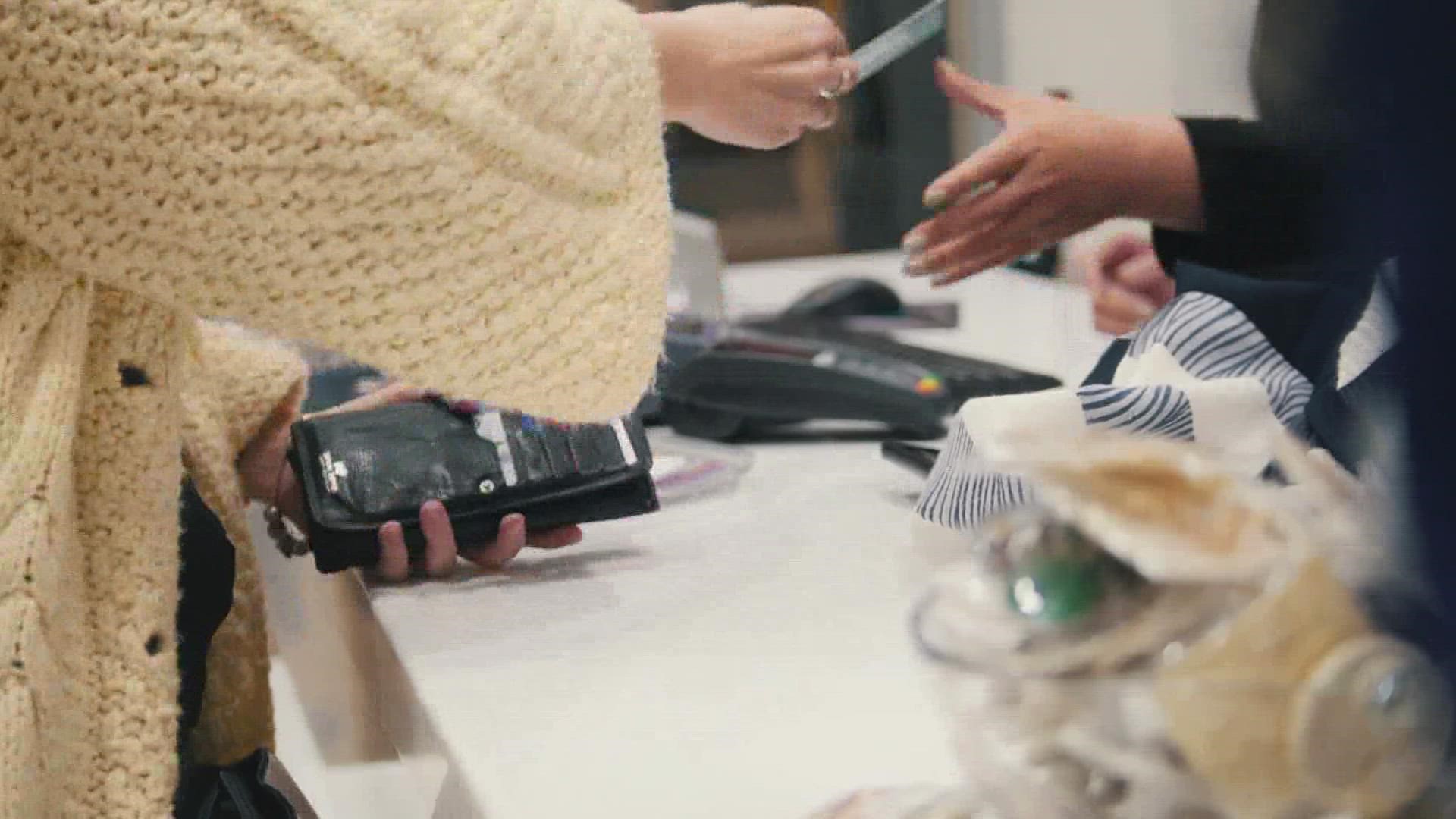SAN ANTONIO — You will rake in the rewards as you ring up your holiday purchases. Many people collect massive amounts of points with the intention of using them on a big purchase, then forget about them while they are being earned.
“That may be one reason why loyalty programs are preferred by fraudsters compared to something like a credit card, where you have a very robust monitoring system,” said Patrick Sullivan of Akamai Technologies, a cybersecurity company.
Akamai Technologies found there were more than 100 billion attacks in a two-year period to try and take over retail, travel, and hospitality loyalty accounts. Rewards are hard to recover when they are stolen.
“They are the equivalent of real money,” Sullivan said.
It is up to consumers to protect their points.
“You need to treat them like you would treat your cash, like you treat your credit cards, anything like that, and even in a way, you need to make them more secure in some ways just because you don’t have those protections like you do when you’re banking,” said Toni Perkins-Southam, editor of travel rewards and credit cards for Forbes Advisor.
Be proactive by using unique passwords for each loyalty account. Next, use multifactor authentication, one that requires two or more pieces of information to confirm your identity, to make it harder for schemers to crack your account. Plus, track your points with the Award Wallet App.
“You’ll get a notification if there’s a big change in your balance,” said Perkins-Southam. “So that’s a really great way to do it because a lot of time if your points are stolen, unless you’re logging in constantly, you don’t know.”
The temptation is to save rewards, but try the earn-and-burn method instead.
“Don’t focus on building these huge accounts,” Perkins-Southam said. “Focus on using what have. If you’re earning and burning your points, you don’t have to worry about them being stolen.”
Report any missing points to the company as soon as you find them gone.

